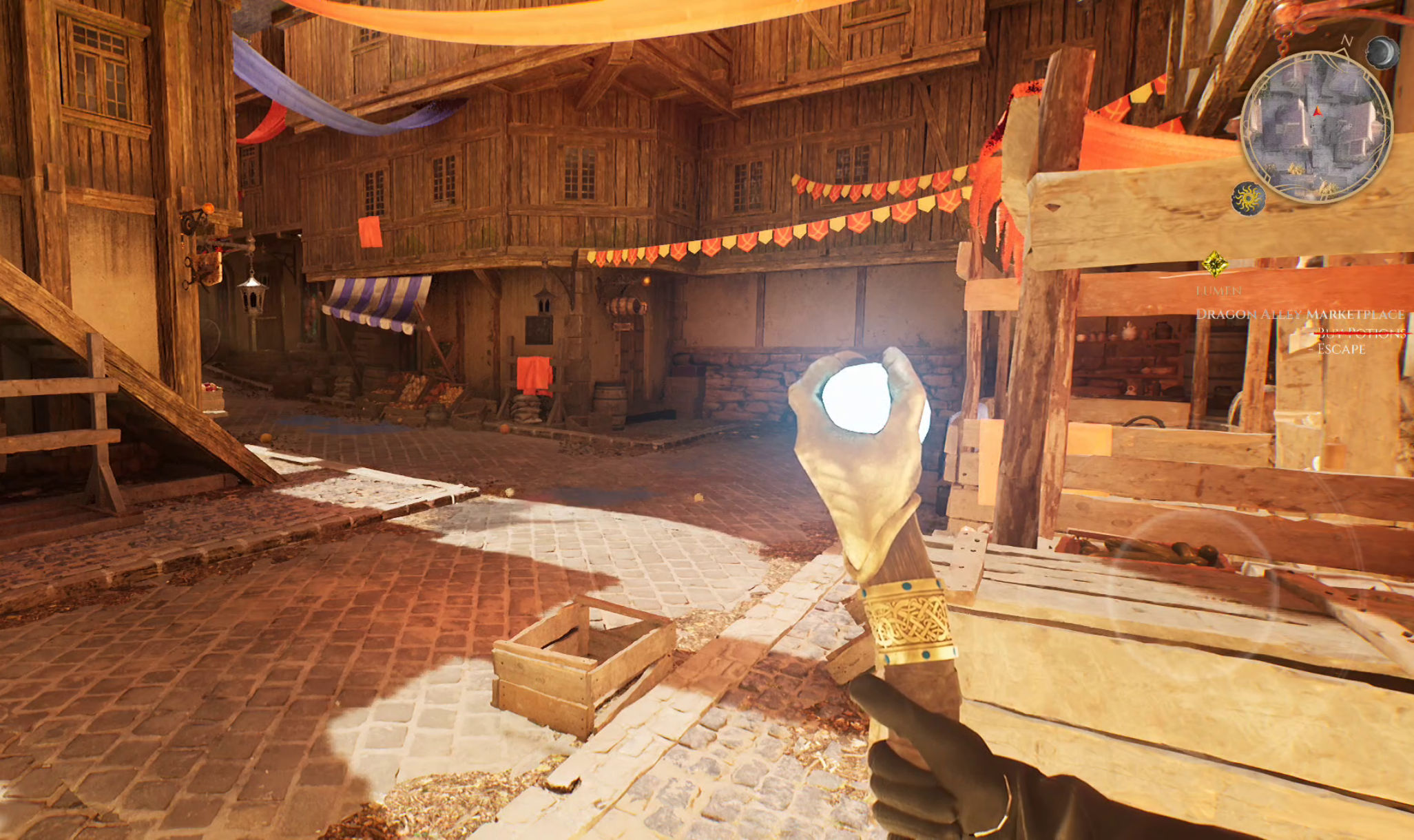Qualcomm Developer Blog:
Today, Qualcomm Technologies, Inc. introduces Snapdragon Game Super Resolution 2 - new Snapdragon Elite Gaming feature that can maximize mobile game performance and battery life.
What is Snapdragon Game Super Resolution (GSR2)?
Snapdragon GSR2 is an implementation of Temporal Anti-aliasing and Upscaling (TAAU). The core algorithm of Snapdragon Game Super Resolution uses two passes: the convert pass and the upscale pass, with an optional sharpen pass that can be integrated for increased visual quality.- Convert pass: The first pass of SGSR2 prepares necessary buffers such as the motion buffer and depth clip buffer.
- Upscale pass: The second pass is a highly optimized Lanczos upscaling pass.
- Sharpen pass (Optional). Depending on the content, a sharpening pass can be utilized.
- Low-resolution depth
- Low-resolution color
- Low-resolution motion vector
Snapdragon Game Super Resolution Key Features and Improvements
Snapdragon Game Super Resolution offers several significant improvements over its predecessor:- Enhanced Visual Quality: SGSR 2 can transform 1080p games into stunning 4K visuals, highlighting every detail. Being a temporal solution, the aggregation of samples over time allows for increased definition and converge visuals closer to native resolution.
- Improved Performance: Games that previously ran at 30 FPS can now achieve 60+ FPS, providing a silky-smooth gaming experience. If a game was already hitting their target framerate, this will give additional frame budget to developers to allow them to enhance their rendering pipeline or adding additional content such as higher resolution textures, more geometry, LODs, etc.
- Extended Battery Life: By optimizing performance, SGSR 2 helps extend battery life, allowing for longer gaming sessions on the go while minimizing thermals.
Snapdragon Game Super Resolution Performance Benefits
On mobile platforms, the key challenge for a feasible temporal upscaling solution is performance. The algorithm should be fast enough so that there is still a performance gain compared to native full-resolution rendering in a highly optimized mobile game. The feedback from game developers suggests that the algorithm should operate under 2 milliseconds on Snapdragon 8 Gen 3 at maximum GPU frequency, when scaling resolutions to 1260x2800. Two milliseconds running on max GPU frequency means that the GPU would run up to 8ms at the lowest GPU frequency.To find the optimal solution, multiple variants have been implemented that allow developers to pick and choose the solution that fits their needs within their rendering pipeline and budget. After several optimizations tailored for Adreno, we were able to achieve an impressive 1ms cost using the fragment shader variant.
| 2.0x (630x1400 to 1260x2800) | 1.7x (740x1648 to 1260x2800) | 1.5x (840x1866 to 1260x2800) | |||
| SGSR Variant | Time(ms) | SGSR Variant | Time(ms) | SGSR Variant | Time(ms) |
| 2 pass CS | 1.801 | 2 pass-CS | 1.910 | 2 pass-CS | 1.998 |
| 2 pass-FS | 0.905 | 2 pass-FS | 1.024 | 2 pass-FS | 1.107 |
| 3 pass-CS | 2.015 | 3 pass-CS | 2.199 | 3 pass-CS | 2.397 |

Figure 1. Comparison between the different versions of Snapdragon Game Super Resolution 2
Visual Quality of Snapdragon Game Super Resolution 2
Snapdragon Game Super Resolution 2 utilizes color samples from previously rendered frames, this temporal information achieves a much higher quality final image than was previously possible with SGSR1 which could only sample from the current frame buffer.Figure 2: Snapdragon Game Super Resolution 1 vs Snapdragon Game Super Resolution 2 Visuals

Figure 3. A closeup on the Snapdragon Game Super Resolution 2 visuals when compared to traditional bilinear interpolation and native resolution
Next steps
We are thrilled to announce Snapdragon Game Super Resolution 2 and we can’t wait to see how it helps game developers enhance their games. Our solution is fully open source, and you can find it in multiple formats depending on the developer’s use case:
- Snapdragon Game Super Resolution 2 is available today on our Snapdragon Studios GitHub repository
- Snapdragon Game Super Resolution 2 Unreal Engine Plugin is also available for each latest major engine version
- Snapdragon Game Super Resolution 2 samples for Vulkan and OpenGLES can be found in the following repositories: Vulkan Sample and OpenGLES Sample.
Want to know more? Join our Discord community to engage with Qualcomm experts, connect with fellow developers working with Qualcomm technology and stay updated on the latest developer-focused news and product updates.
Source:

Introducing Snapdragon Game Super Resolution 2
Snapdragon Game Super Resolution is an implementation of Temporal Anti-aliasing and Upscaling, created by Snapdragon Studios at Qualcomm.








